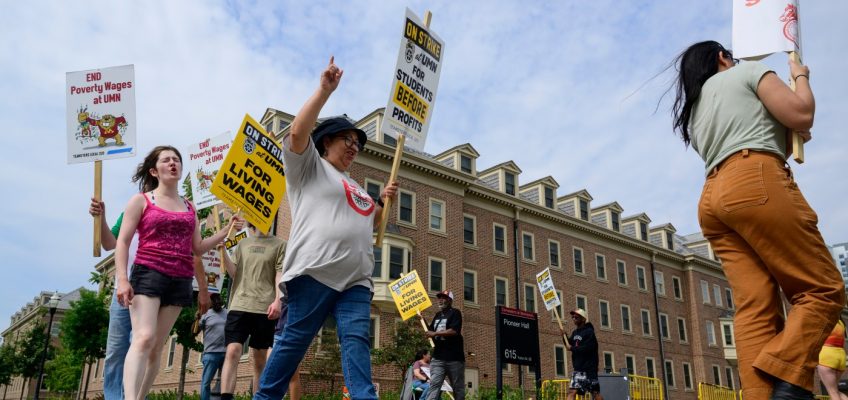Amy Lindgren
Second Sunday Series — This is the first of 12 columns on career planning post-60, which will appear the second Sunday of each month from September through August.
I’m excited to introduce my Second Sunday topic for the coming year, which is career planning for your 60s and beyond.
Nope, not kidding. It’s an issue I’ve been deeply passionate about since writing my first guide for “older workers” more than 30 years ago. Why? It’s all about demographics. Having been born on the tail end of the baby boom, I’ve been part of a crowd ever since I toddled into my kindergarten class jammed with 30 other kids.
The pile-up continued throughout my growing up years, which helped me develop a keen instinct for finding opportunities — a lucky skill to have when graduating with a horde into the terrible recession of the early 1980s.
Of course our group has been aging out, retiring or dying as any group does. But when you start with so many, there are an awful lot left. Advances in health care and personal wellness have played their part, meaning we’re more vital than previous generations were at our age.
Which brings us back to this Second Series topic. The key factoid: Although 11,000 people a day turn 65 in the United States, not everyone plans to retire. Whether it’s finances or temperament or something else propelling them, a significant number express the desire to work into their 70s, 80s and even beyond.
The conundrum? If you’re one of these senior workers, or expect to be, you’ll need a career path that accommodates who you are now — physically, mentally, emotionally and financially — and who you might be in five, 10 or 15 years as those factors shift.
The challenge is intensified by a rapidly shifting economy. For the first time in generations, the stability of Social Security is uncertain. Because this comes at a time when few workers have access to pensions (and may have tapped their 401ks), career planning for the post-60 crowd takes on a certain urgency.
Market disrupters such as artificial intelligence, tariff policies and immigration uncertainties also play a role (although those might be navigated more easily by some according to their work).
These are daunting points but they needn’t become actual barriers. The real barrier is one of attitude, for both workers and potential employers. If either side believes that advanced age creates automatic deficits in capability, it’s hard to imagine an employment match.
The idea that one can’t work, or can’t find work, at this stage may have some historical truth but it was never entirely true. We all know older individuals employed in their 70s, 80s or beyond. These stories still get reported as “Holy cow!” features in the media, but they’re far from rare.
I mean that as an observation, not as a way to pooh-pooh the issue of age discrimination. Of course age bias is real — but perhaps cogent observations can dispel the idea that it’s all-pervasive. If some senior workers can find positions, others can too. It’s the question of “how” that we need to strategize.
Here too, demographics, policy and market forces may play a role, this time to seniors’ advantage. As the demographics reverse, smaller labor pools are available and more creativity is needed by employers to build a team.
Among the policy gains, baby boomers are reaping benefits from the Americans with Disabilities Act and the hard work of disability advocates in terms of workplaces that are less physically demanding. With better accommodations overall, seniors have better options for staying on the job longer.
Accounting for these and other factors tells me this could be the best time ever for a robust senior workforce in America.
But it’s not a “gimme” — these opportunities won’t just tumble into our laps. As ever, career planning is the responsibility of the worker, even when it’s happening in somewhat uncharted territory.
And, while I do worry about threats to Medicare and Social Security, eligibility for these supports still gives seniors a significant boost in career planning. Taken together, the two programs free older workers for the flexible opportunities often available with smaller companies or nonprofits with traditionally lower pay. Self-employment also takes on new potential when health care and a base income are available.
Have I got your attention? Join me on this year of discovery. Whether you’re a senior now or just looking out for the future, I think you’ll enjoy seeing what could be possible.
Working Strategies: Pursuing two careers at once
Working Strategies: Finishing the summer strong
Working Strategies: Arguing in favor of staying in your job
Working Strategies: Shop your résumé for your next job
Working Strategies: AI and work, with advice for the future
Amy Lindgren owns a career consulting firm in St. Paul. She can be reached at alindgren@prototypecareerservice.com.




